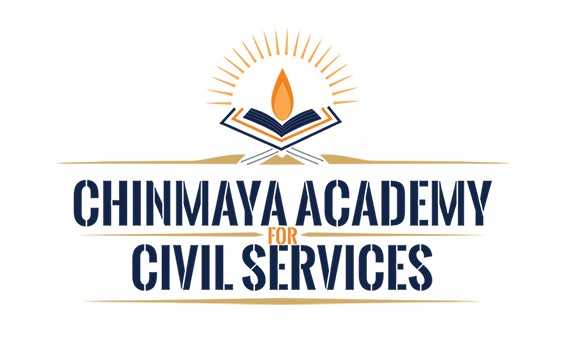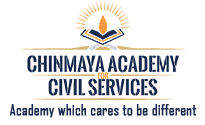One crucial factor you should consider when choosing optional subjects for the UPSC CSE is increasing your knowledge to postgraduate levels in the subject. Unlike the General Studies papers, which require basic knowledge and up-to-date information on subjects, most optional subjects require specialisation. The same is the case with zoology, which should be chosen only by those decent knowledge levels prior to the commencement of preparation.
Animal anatomy, genetics, physiology, evolution, biochemistry, ecology and its conservation are all crucial aspects of Zoology as an optional paper in UPSC CSE. So, if you already have a university degree in Zoology, have studied MBBS or BDS, or hold any other degree in medicine, then Zoology can be a brilliant option. It will imply that you can answer the questions in optional papers without starting your preparation from scratch. It will also allow you to score well and get ahead of the competition.


